Maple syrup, an earthy and sweet processed form of Xylem sap, is commonly consumed in nearly every country on Earth. Originating in Canada and the United States, it is most often seen as a condiment atop various baked goods1.
Unlike other types of syrup, maple syrup frequently contains added ingredients in order to brighten its taste. This shortens its shelf-life to less than other syrups, necessitating proper storage.
It is possible to freeze maple syrup, however it will not freeze solid but instead become more viscous or tacky. According to the US Department of Agriculture, in an environment of approximately 35° – 40° F, maple syrup will only last as long as twelve months, even in low humidity2.
How Long Does Maple Syrup Last Out in the Pantry?
Providing that the maple syrup has not been opened or otherwise tampered with so as to expose it to the elements, maple syrup will last an indefinite amount of time.
Once the maple syrup has been exposed to microorganisms and the open air, as long as it is kept well in the fridge it will last twelve months. However, there is no accurate way to gauge how long it will last should it be left exposed for too long.
Owing to this, the only true course of action to preserve opened maple syrup for longer than twelve months is to place it in a freezer with the proper storage protocols followed.
How Long Does Maple Syrup Last in the Fridge?
In the event that you have opened your maple syrup and wish to preserve it without the use of a freezer, the fridge is your best choice. Simply resealing the container of syrup should prove air-tight enough to store within the fridge.
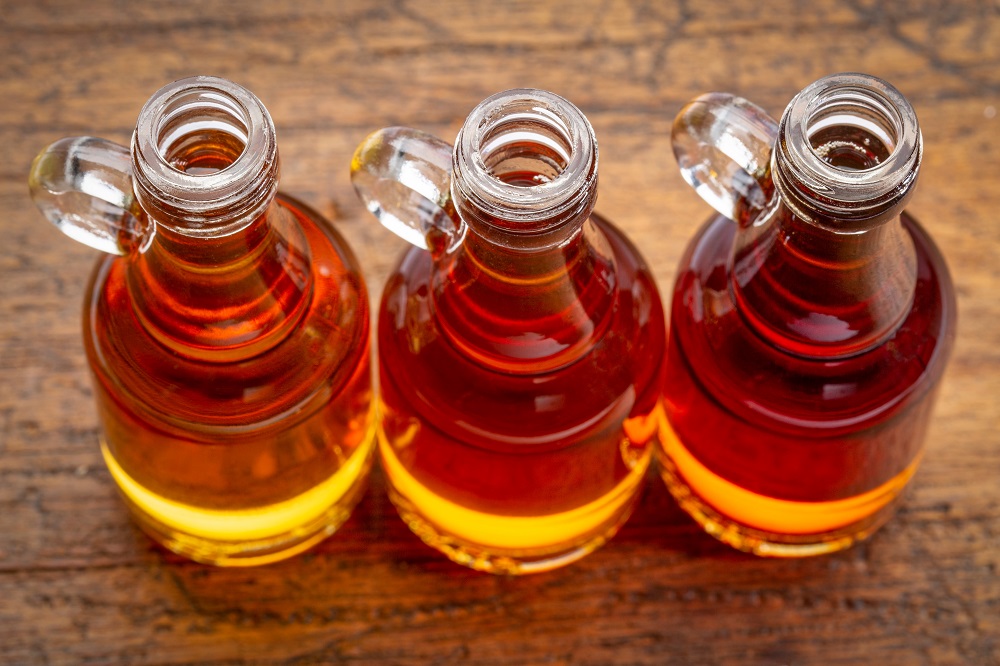
If the container cannot be resealed, carefully pour the syrup into an air-tight glass or plastic container free of odor and moisture. Glass is far preferable due to its less porous structure, leaving no space for air bubbles to form.
Should You Freeze Imitation Maple Syrup too?
Because of the wide-spread popularity of maple syrup, various companies have managed to produce an imitation maple syrup which mimics both the taste and image of maple syrup.
Owing to the large difference in composition between imitation and original maple syrup, the former has a far longer shelf-life than genuine maple syrup. In short – imitation maple syrup does not require freezing as much as its genuine version, and will not respond as well to the process3.
Required Equipment for Freezing
A sufficiently large resealable glass container, several inches taller or wider than the amount of maple syrup to preserve, as well as a freezer capable of reaching -0.4°F or similar temperatures.
How to Freeze Maple Syrup
Freezing your maple syrup is relatively simple.
Pour the sap into your resealable glass container, ensuring it is first free of any odors or moisture, as the syrup will absorb these. The syrup, owing to its water content, will expand once frozen. Because of this, leave several inches between the cover of the glass container and the syrup.
Barring any outside circumstances, storing like this will extend the edibility of your maple syrup to over a year, more than enough time to consume the sap in its entirety.
Thawing Maple Syrup
As previously mentioned in this article, maple syrup does not freeze solid. Instead, it will simply grow more viscous, slowing its rate of flow. If waiting for it to thaw is not preferable, scoop out your desired amount of syrup and warm in a saucepan over very low heat. Ensure that the syrup does not caramelize by keeping the temperature below 340°F.
Refreezing Maple Syrup
In the event that you have accidentally thawed your entire container of maple syrup, inspect it for any signs of spoilage. Should you find that it has retained its quality and presents no strange odors or signs of mold, return it to the freezer immediately.
Signs of Spoilage in Maple Syrup
Though maple syrup has a very long shelf-life when sealed appropriately in its packaging, it is entirely possible for it to both lose quality and develop mold cultures when stored improperly.
One way to ensure that your syrup is safe for consumption is to smell it. Should you notice any alcohol-like smells or like that of bread yeast, this can be a sign that a fungal culture by the name of Saccharomyces cerevisiae has colonized your syrup. Dispose of the maple syrup immediately.
If sugar crystals are visible floating within the sap or as sediment along the container, this is not a sign of spoilage in any way, and is simply a byproduct of the cooking process maple syrup undergoes when being packaged. These may also form in rapidly oscillating temperatures.
Floating Mold in your Maple Syrup
Other forms of microorganisms may be visually identifiable on the surface of the syrup, presenting in the form of pools of mold. Simply scooping these mold colonies off the surface of your syrup should be sufficient enough to consume the rest of the syrup.
Because of the high sugar content and viscosity of syrup, it is very difficult for mold to penetrate more than a few fractions of an inch into the syrup, instead only colonizing the surface. This may not be reliable if the mold colonies have been stirred or shaken further into the container.
Can Maple Syrup be Frozen in Any Container?
While plastic containers are perfectly suitable for storing maple syrup, glass containers are far preferable owing to their inability to absorb moisture and odors. Maple syrup may incorporate any odors left along the surface of a plastic container it is stored in.
If both plastic and glass containers are unavailable, a tin or aluminum container is also suitable, though it may be unpleasant to remove from the freezer bare-handed.
References
1. Lange, Michael (2017). Meanings of Maple: An Ethnography of Sugaring. University of Arkansas Press
2. Unknown Author (July 2019) How long can you keep maple syrup? US Department of Agriculture
3. Unknown Author (March 2015) United States Standards for Grades of Maple Syrup US Department of Agriculture

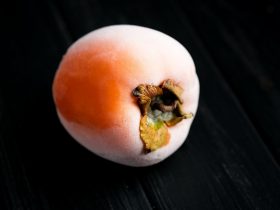
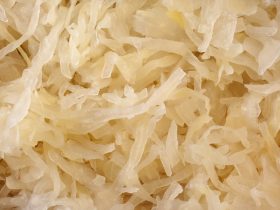
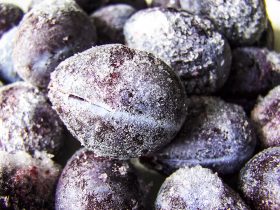
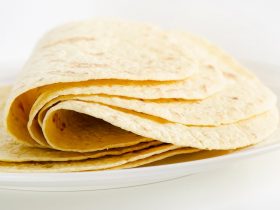
Hi, I'm Dom
Dom Eats was started to help other people fall in love with food. While cooking can feel intimidating, it doesn't have to be.